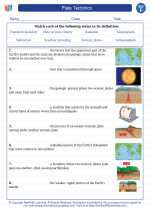Exosphere
The exosphere is the outermost layer of the Earth's atmosphere. It extends from the thermosphere to outer space. This region is where the Earth's atmosphere gradually merges with interplanetary space. The exosphere is composed mainly of very low-density hydrogen, helium, and small amounts of other gases such as carbon dioxide, oxygen, and nitrogen. The exosphere is the least dense and most tenuous part of the Earth's atmosphere.
Key Characteristics of the Exosphere:
- Extends from the top of the thermosphere to outer space
- Consists of very low-density gases
- Gradually merges with interplanetary space
- Contains mainly hydrogen and helium
- The exosphere is the least dense and most tenuous part of the Earth's atmosphere
Study Guide:
Here are some key points to remember about the exosphere:
- The exosphere is the outermost layer of the Earth's atmosphere.
- It is composed mainly of very low-density gases such as hydrogen and helium.
- This region gradually merges with interplanetary space.
- The exosphere is the least dense and most tenuous part of the Earth's atmosphere.
When studying the exosphere, it's important to understand its characteristics, composition, and its significance as the outermost layer of the Earth's atmosphere.
For further understanding, students can also explore the role of the exosphere in space weather and its interaction with the solar wind and magnetosphere.
Understanding the exosphere is essential for comprehending the Earth's atmospheric layers and the boundary between the Earth and outer space.
.◂Science Worksheets and Study Guides Sixth Grade. Plate Tectonics

 Worksheet/Answer key
Worksheet/Answer key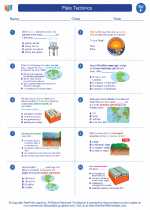
 Worksheet/Answer key
Worksheet/Answer key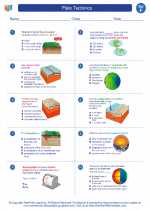
 Vocabulary/Answer key
Vocabulary/Answer key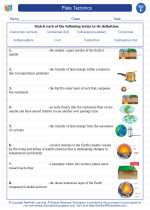
 Vocabulary/Answer key
Vocabulary/Answer key
 Vocabulary/Answer key
Vocabulary/Answer key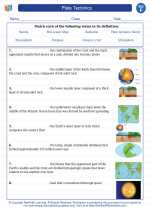
 Vocabulary/Answer key
Vocabulary/Answer key